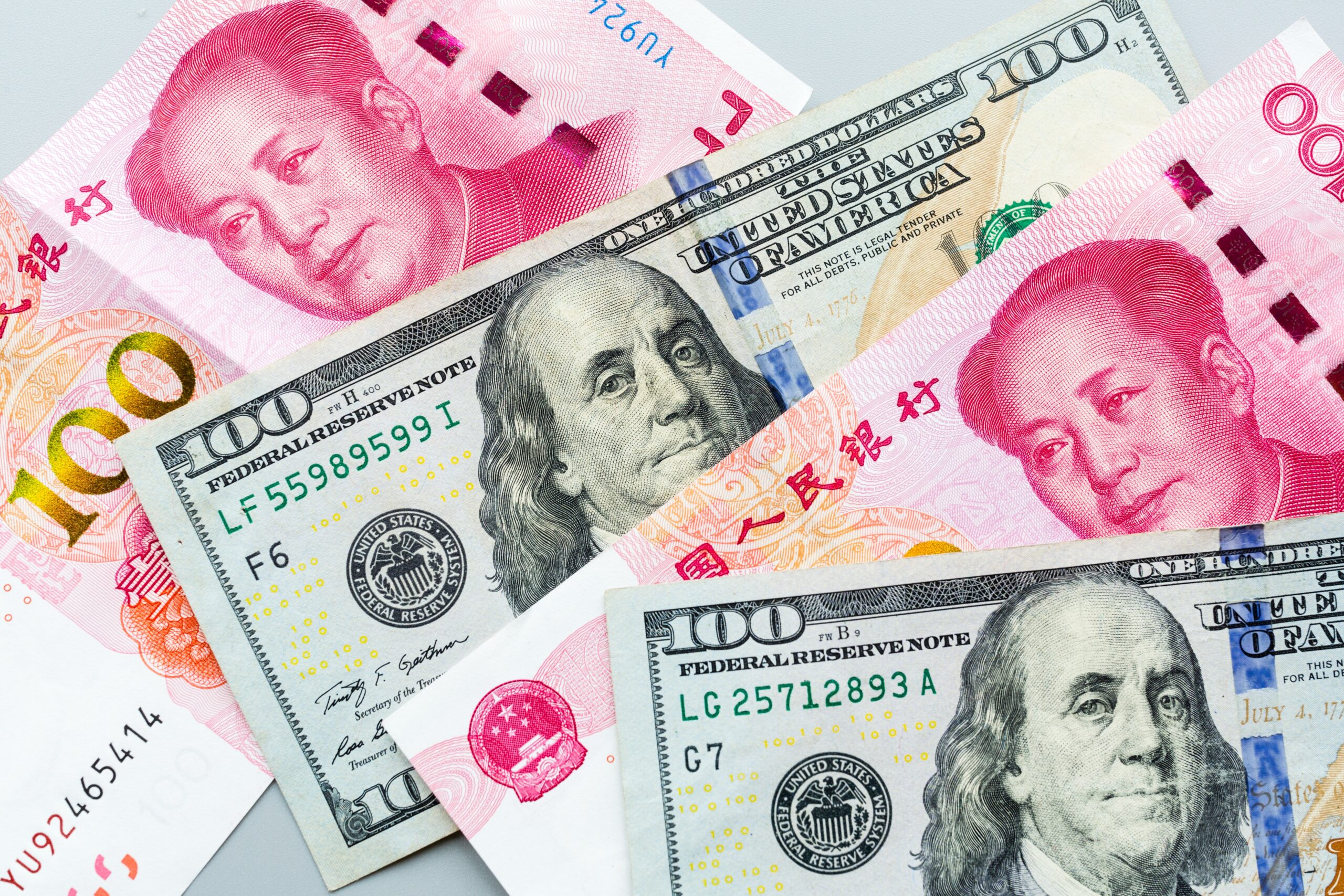In recent years, the global financial landscape has witnessed a growing trend towards de-dollarisation, as nations seek alternatives to the hegemony of the US dollar. The emergence of the Chinese yuan as a potential contender, along with other alternative currencies, has raised questions about the future of the greenback’s global role. While the shift away from the dollar is evident in some aspects, it remains resilient in others.
One of the key concerns voiced by policymakers worldwide is the overwhelming dominance of the US dollar in global trade. Brazilian President Luiz Inácio Lula da Silva’s recent statement in Shanghai, questioning the reliance on the dollar for international trade, amplified the issue. This debate has caught the attention of financial strategists, central bankers, and policymakers, from Washington to Beijing.
Exploring the Shift: How Alternative Currencies and Systems Chip Away at the Dollar’s Dominance in Global Trade
The long-standing status of the US dollar as the world’s reserve currency, established after World War II, is reflected in the pricing of commodities like soybeans. When Brazil exports soybeans to China, the transactions are denominated in dollars. Furthermore, China and other dollar holders often invest their funds in the deep and liquid US Treasury market. This exorbitant privilege enjoyed by the United States allows it to run persistent current account and budget deficits more easily than any other nation, as noted by prominent economist Barry Eichengreen and former French Finance Minister Valery Giscard d’Estaing.
However, the de-dollarisation debate gained further momentum after Russia’s invasion of Ukraine, as it highlighted the US’s power to extend its geopolitical reach through the imposition of sanctions. The disconnection of Russian banks from the SWIFT global payments system and the increasing difficulties in using dollars for Russian oil trades have intensified the search for alternatives.
Examining the three potential threats to the greenback’s role, we start with the decline in the share of the dollar in central bank reserves. Over the past two decades, the dollar’s share has decreased from 70 percent to 58 percent, as per IMF data. Meanwhile, the euro experienced growth in the 2000s before retreating, currently standing at approximately 20 percent. Currencies from countries such as Australia, Canada, South Korea, and the Scandinavian nations are gradually gaining ground in the “other” category. IMF economists suggest that these currencies are perceived as safe as the dollar while offering higher returns. Despite a small base, central bank holdings of the Chinese yuan have been increasing and now stand at 3 percent.
Check out Yuan exchange rate over the last 35 years https://www.macrotrends.net/2575/us-dollar-yuan-exchange-rate-historical-chart
Another area to watch is the use of the yuan in foreign-exchange swaps through systems like the Cross-border Interbank Payment System (CIPS). Bloomberg News reported a significant surge in the use of the yuan in foreign-exchange swaps, indicating the increasing internationalization of China’s currency. China’s capital controls have presented challenges, as the free flow of the yuan remains restricted. Nonetheless, efforts are underway to establish offshore yuan markets in financial centers like Hong Kong, and China is developing an alternative to the SWIFT system, making it easier for other countries to transact using the renminbi.
Tracking the use of CIPS, we observe a gradual rise in the value of receipts and payments in renminbi terms. The number of transactions has surpassed 1 million per quarter, and CIPS processed approximately USD 14 trillion in transactions in 2022, showing a 21 percent increase. The Renminbi Globalisation Index, compiled by Standard Chartered, also indicates steady growth in the offshore use of yuan since 2018.
Despite these advancements, the SWIFT system still dwarfs CIPS in terms of transaction volume. Processing over USD
150 trillion annually, SWIFT remains the primary platform for global payments. The share of the US dollar in SWIFT transactions has remained relatively stable, accounting for 40 percent of the value of transactions. The euro, while occasionally challenging for the top spot, has experienced a recent decrease in its proportion. The renminbi initially gained ground but has since plateaued, while the Russian ruble’s usage in SWIFT payments remains minimal.
The recent impasse involving Russia, India, and the US showcases the stickiness of the dollar even in situations where countries have strained relations with the United States. Russia heavily relies on India as a key market for its military equipment, and India seeks to import discounted Russian oil. However, the fear of violating US sanctions has deterred India from paying Russia in dollars, and Russia has expressed disinterest in receiving rupees. Similarly, Pakistan faces a similar dilemma, preferring to pay in yuan, but Russian companies are reportedly hesitant to accumulate non-convertible Chinese currency.
Conclusion
While the global role of the US dollar is being challenged by the growing use of alternative currencies like the yuan, the greenback’s dominance remains remarkably resilient. The decline in the dollar’s share in central bank reserves and the rise of systems like CIPS highlight the shift towards de-dollarisation. However, the SWIFT system continues to underscore the dollar’s importance in global transactions. As of now, there is no clear alternative on the horizon that can truly assume the unique role the dollar plays in international trade. The trajectory of de-dollarisation will be a key area to watch as the world navigates through evolving financial dynamics and explores alternatives to the established global reserve currency.
Check out our latest article South African Inflation Levels https://edge-forex.com/sa-inflation-hits-levels-last-seen-in-may-2022/


